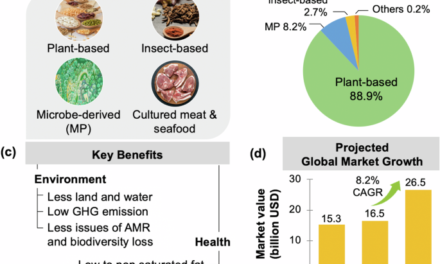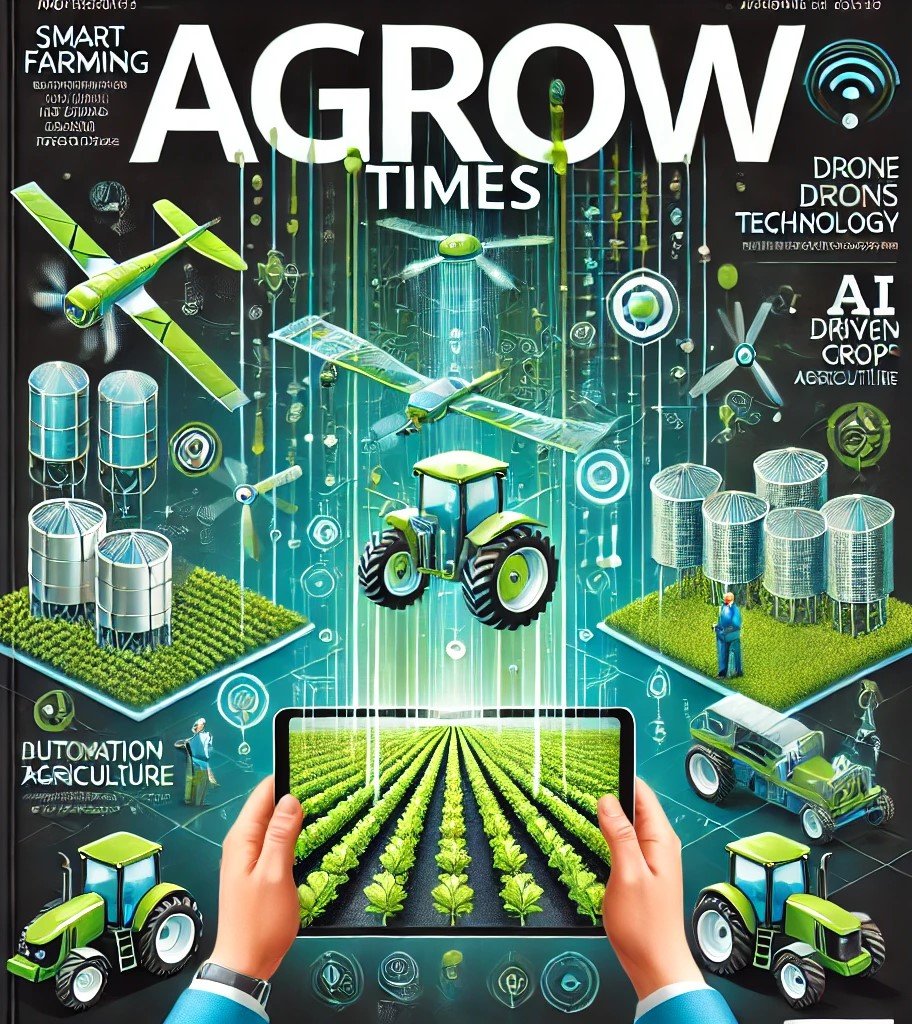Large-scale rice farming has significant environmental impacts, stemming from its resource-intensive nature and the practices often employed. These impacts can be categorized as follows:
1. Water Use and Management
Rice is a water-intensive crop, and large-scale farming has profound effects on water resources:
- Water Depletion: Continuous flooding of rice paddies requires significant water, leading to over-extraction of groundwater and surface water.
- Altered Water Tables: Unsustainable water use can lower water tables, affecting ecosystems and communities dependent on groundwater.
- Inefficient Irrigation: Traditional irrigation practices often result in water wastage due to evaporation, seepage, and runoff.
2. Greenhouse Gas Emissions
Rice farming is a major contributor to greenhouse gas emissions:
- Methane (CH₄): Anaerobic conditions in flooded rice paddies create ideal environments for methane-producing bacteria. Rice farming accounts for approximately 10-12% of global agricultural methane emissions.
- Nitrous Oxide (N₂O): Overuse of nitrogen-based fertilizers contributes to nitrous oxide emissions, a potent greenhouse gas.
3. Soil Degradation
Large-scale rice farming can degrade soil quality:
- Nutrient Depletion: Continuous monocropping exhausts soil nutrients, reducing fertility over time.
- Salinization: Poor irrigation practices can lead to salt accumulation in the soil, making land unproductive.
- Erosion: In some areas, improper land preparation and water management can lead to topsoil loss.
4. Pesticide and Fertilizer Pollution
- Water Contamination: Excessive use of chemical fertilizers and pesticides contaminates rivers, lakes, and groundwater, harming aquatic ecosystems and affecting drinking water supplies.
- Soil Toxicity: Accumulation of chemicals in the soil can harm beneficial organisms and reduce soil health.
5. Biodiversity Loss
Large-scale rice farming often involves clearing wetlands, forests, or grasslands, leading to:
- Habitat Destruction: Conversion of natural habitats for rice fields displaces wildlife and disrupts ecosystems.
- Reduced Biodiversity: Monoculture farming reduces plant and animal diversity, making ecosystems more vulnerable to pests and diseases.
- Impact on Aquatic Life: Runoff from fields containing agrochemicals harms fish and other aquatic organisms.
6. Air Pollution
Burning rice straw, a common practice in many rice-growing regions, contributes to:
- Particulate Matter (PM): Air pollution that can cause respiratory issues.
- Carbon Dioxide (CO₂): Greenhouse gas emissions from biomass burning.
- Black Carbon: A pollutant that contributes to global warming and health problems.
7. Land Use Changes
- Deforestation: Expanding rice fields often involves deforestation, leading to the loss of carbon sinks and increased CO₂ emissions.
- Wetland Conversion: Draining wetlands for rice farming reduces their capacity to store carbon and regulate water.
8. Waterborne Diseases
Flooded rice fields create breeding grounds for disease vectors such as mosquitoes, leading to increased incidences of diseases like malaria and dengue fever.
9. Impact of Climate Change on Rice Farming
While rice farming contributes to climate change, it is also affected by it:
- Extreme Weather: Flooding, droughts, and storms, exacerbated by climate change, can damage crops and reduce productivity.
- Increased Methane Emissions: Higher temperatures accelerate methane production in paddies, amplifying the greenhouse effect.
10. Energy Use
Large-scale rice farming often relies on energy-intensive machinery, pumps for irrigation, and processing facilities, contributing to carbon emissions.
Mitigation Strategies
To minimize these impacts, sustainable practices can be adopted:
- Alternate Wetting and Drying (AWD): Reduces water use and methane emissions by allowing fields to dry periodically.
- Precision Agriculture: Uses technologies like sensors and drones to optimize water, fertilizer, and pesticide application.
- Organic Farming: Reduces chemical inputs and improves soil health.
- Rice Straw Utilization: Converts straw into bioenergy or animal feed instead of burning it.
- Agroforestry and Crop Rotation: Enhances biodiversity and soil health.
- Policy Interventions: Implementing regulations to limit water extraction, manage chemical use, and support sustainable practices.









